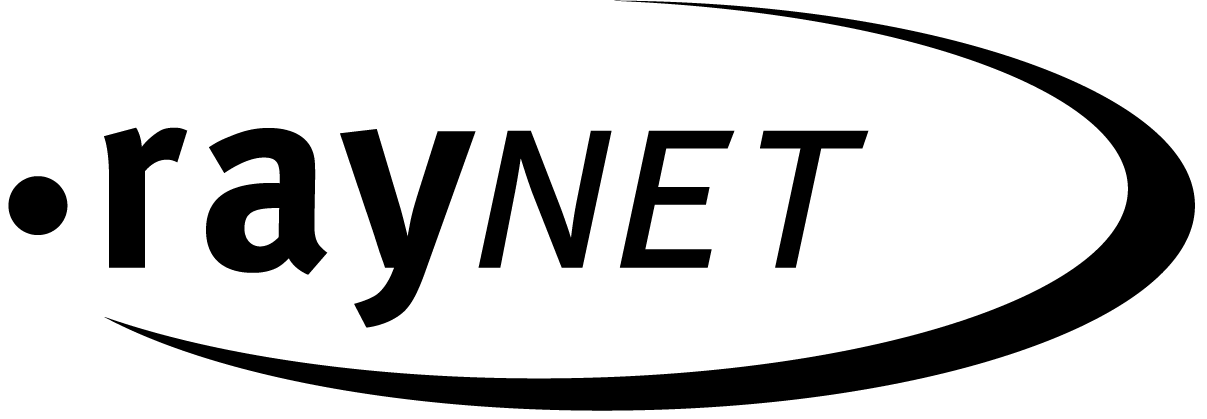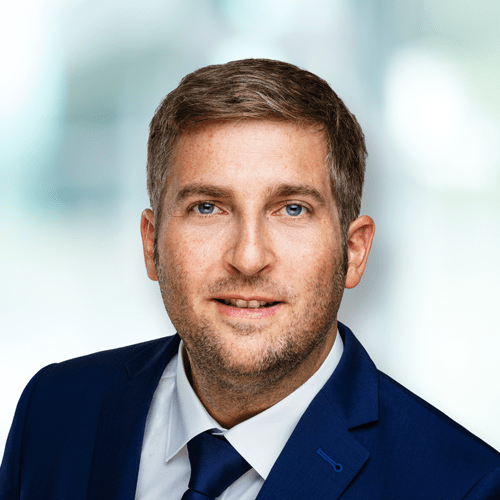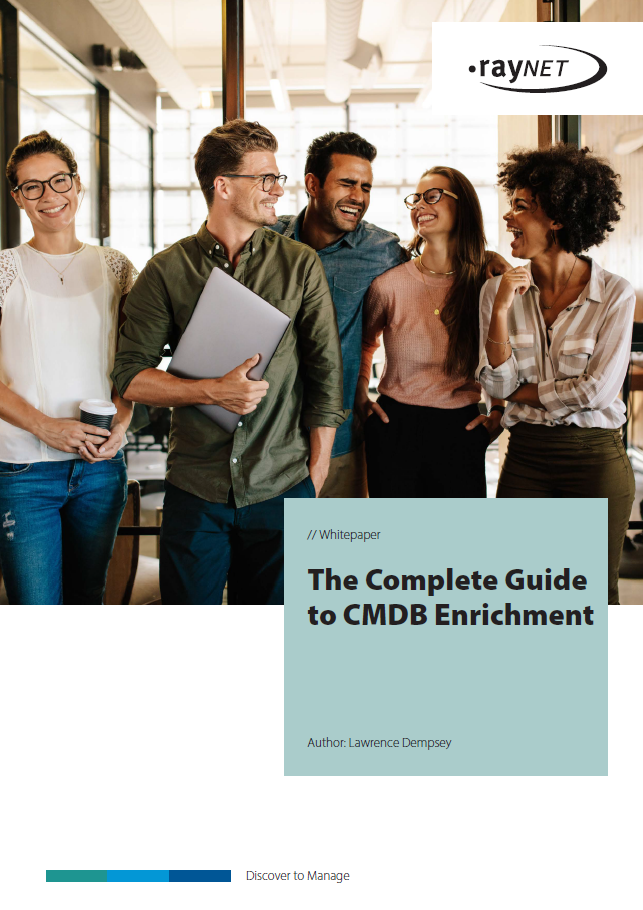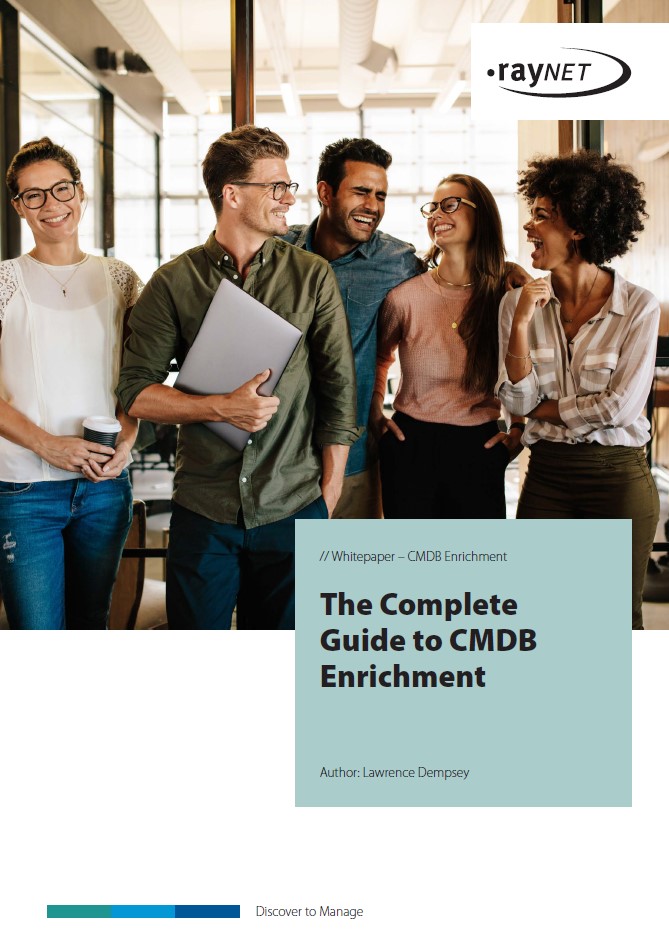Date: June 10th, 2022
Configuration Management Database (CMDB) enrichment and normalization is the foundation of your most important, business-driving IT initiatives. Curating and structuring your data may seem like a big task, but there are three simple steps to ensuring IT visibility now.
Let’s say you’re planning to spend the weekend completing some home upgrades, some ‘changes’ around the house. These changes are crucial for your upcoming summer plans, and if they don’t happen this weekend your summer plans are in jeopardy. Plus, these changes have the highest visibility of your leadership (spouse).
You have detailed the current state, measured everything twice, made lists of the exact parts you’re going to need to complete these changes, and have a detailed map of your hardware store’s inventory. You know exactly what aisle and bay to get everything you need. You’re up early, the car is cleaned, the seats down, and you are ready to rock this project.



Joyfully you greet your fellow hobby builders, these change management enthusiasts, as you stroll from the parking lot to the hardware store. You’re teeming with excitement, but you notice something odd. Instead of smiling back at you, your fellow builders, your band of brothers seem gray, dragging, lifeless. You linger over their faces and wonder whether business has been bad for them. What could have transformed this once cheerful tribe into a funeral march?
Walking into the hardware store, you see it: The chaos and disarray. What should be a neat, well-organized, and easy to navigate warehouse of parts and tools is instead a warehouse of the damned, where order and reason go to die. Your plan is useless. Every aisle you traverse does not represent the contents you expected per your map. How on earth are you going to complete the changes to your home if you can’t trust what you expected to meet reality? How do you explain this to your leadership?
Maybe you’ve had this feeling before when looking at your CMDB?
As a best practice, your CMDB should be your single source of truth for all the information about the hardware and software in your organization. It’s the foundation of IT visibility. But in real practice, your CMDB presents that truth but askew. Even in smaller organizations, it can be easy to lose track of the relevant data. Asset data can either be incomplete or non-standard. So, while you may, for instance, have one source saying that a particular asset has a total of 8 cores, another source might say that the same asset has only 4 cores.
The effect of the conflicting data is confusion and chaos. If you need to do a software compliance check, conflicting data records could leave you with too many or too few licenses, meaning that you might owe your vendor money for new licenses, or you may be wasting money on duplicate or unused licenses.



From IT chaos to IT visibility
Inaccuracies and inconsistencies can also lead to problems in providing key business services. Imagine, for instance, that you need to update a piece of hardware or software with a critical patch. You think you have a complete record of every one of the affected assets and their dependencies. The patch will require taking these assets offline for some time, meaning that the service will either be suspended or rerouted through a redundancy. You’ve informed the relevant stakeholders. Patch day comes, you flip a switch, but suddenly a critical, revenue generating process is knocked offline. You realize too late that the asset, its configuration, and dependencies weren’t properly recorded in the CMDB. But you can’t stop mid-patch, so instead you have to send apology emails to customers, suffer a potential hit to your reputation, and in the worst case take a revenue loss for every minute the process or service is unavailable.
Author:
Related links:
Share blog:
The Complete Guide to CMDB Enrichment
In this white paper, you will learn how to enrich your database and keep your CMDB healthy and clean:
- Minimize compliance risks
- Increase your business productivity
- Save time and resources
- Protect yourself from cyber attacks
How do you explain to your investors why you don’t have IT Visibility?
While a clean, enriched, normalized, and well-maintained CMDB may not be on everyone’s radar, it’s a significant business resource and value driver, nonetheless. But organizations face three major challenges in establishing and maintaining a clean CMDB:
No accountability
When stakeholders are only accountable for small pieces of the data picture, then there’s no one focusing on the big picture.
Lack of coverage
Existing tools only focus on parts of the data and not the whole organization, leaving significant blind spots in managing the data.
Insufficient data gathering
Building CI records from singular sources leaves those records incomplete and prone to error.
Three simple steps to CMDB enrichment
To overcome these challenges, at Raynet we recommend managing your CMDB with our Unified Data Platform. A single platform can help you create order from chaos and help keep your focus on the business. Here’s why the Unified Data Platform is probably right for you:
1. Manage data from a single point. Collect, consolidate, and curate asset configuration items in one place. This will also help ensure accountability either by assigning someone to manage the data platform internally or by outsourcing responsibility to a tool provider under a data as a service agreement. Because the Unified Data Platform doesn’t restrict the kind of data it gathers, it can aggregate data from all the disparate business units, so you can build and curate a data profile for your entire organization.
2. Normalize data. Once curated, the data platform, powered by its machine learning AI, will normalize your data, giving you a standardized, simplified, and fully categorized view of your hardware and software inventory.
3. Enrich your data. The Unified Data Platform will not just aggregate and normalize your data but enrich it as well. The data platform will enrich your hardware and software inventory with enhanced data from our technology catalog that includes vulnerability identification and scoring, hardware and software end of life/support data, software migration and change readiness, and more.
Three steps to CMDB enrichment
Reading time: 4 minutes
Date: June 10th, 2022 | Andreas Gieseke
Configuration Management Database (CMDB) enrichment and normalization is the foundation of your most important, business-driving IT initiatives. Curating and structuring your data may seem like a big task, but there are three simple steps to ensuring IT visibility now.
Let’s say you’re planning to spend the weekend completing some home upgrades, some ‘changes’ around the house. These changes are crucial for your upcoming summer plans, and if they don’t happen this weekend your summer plans are in jeopardy. Plus, these changes have the highest visibility of your leadership (spouse).
You have detailed the current state, measured everything twice, made lists of the exact parts you’re going to need to complete these changes, and have a detailed map of your hardware store’s inventory. You know exactly what aisle and bay to get everything you need. You’re up early, the car is cleaned, the seats down, and you are ready to rock this project.
Joyfully you greet your fellow hobby builders, these change management enthusiasts, as you stroll from the parking lot to the hardware store. You’re teeming with excitement, but you notice something odd. Instead of smiling back at you, your fellow builders, your band of brothers seem gray, dragging, lifeless. You linger over their faces and wonder whether business has been bad for them. What could have transformed this once cheerful tribe into a funeral march?
Walking into the hardware store, you see it: The chaos and disarray. What should be a neat, well-organized, and easy to navigate warehouse of parts and tools is instead a warehouse of the damned, where order and reason go to die. Your plan is useless. Every aisle you traverse does not represent the contents you expected per your map. How on earth are you going to complete the changes to your home if you can’t trust what you expected to meet reality? How do you explain this to your leadership?

Maybe you’ve had this feeling before when looking at your CMDB?
As a best practice, your CMDB should be your single source of truth for all the information about the hardware and software in your organization. It’s the foundation of IT visibility. But in real practice, your CMDB presents that truth but askew. Even in smaller organizations, it can be easy to lose track of the relevant data. Asset data can either be incomplete or non-standard. So, while you may, for instance, have one source saying that a particular asset has a total of 8 cores, another source might say that the same asset has only 4 cores.
The effect of the conflicting data is confusion and chaos. If you need to do a software compliance check, conflicting data records could leave you with too many or too few licenses, meaning that you might owe your vendor money for new licenses, or you may be wasting money on duplicate or unused licenses.

From IT chaos to IT visibility
Inaccuracies and inconsistencies can also lead to problems in providing key business services. Imagine, for instance, that you need to update a piece of hardware or software with a critical patch. You think you have a complete record of every one of the affected assets and their dependencies. The patch will require taking these assets offline for some time, meaning that the service will either be suspended or rerouted through a redundancy. You’ve informed the relevant stakeholders. Patch day comes, you flip a switch, but suddenly a critical, revenue generating process is knocked offline. You realize too late that the asset, its configuration, and dependencies weren’t properly recorded in the CMDB. But you can’t stop mid-patch, so instead you have to send apology emails to customers, suffer a potential hit to your reputation, and in the worst case take a revenue loss for every minute the process or service is unavailable.
The Complete Guide to CMDB Enrichment
In this white paper, you will learn how to enrich your database and keep your CMDB healthy and clean:
- Minimize compliance risks
- Increase your business productivity
- Save time and resources
- Protect yourself from cyber attacks
How do you explain to your investors why you don’t have IT Visibility?
While a clean, enriched, normalized, and well-maintained CMDB may not be on everyone’s radar, it’s a significant business resource and value driver, nonetheless. But organizations face three major challenges in establishing and maintaining a clean CMDB:
No accountability
When stakeholders are only accountable for small pieces of the data picture, then there’s no one focusing on the big picture.
Lack of coverage
Existing tools only focus on parts of the data and not the whole organization, leaving significant blind spots in managing the data.
Insufficient data gathering
Building CI records from singular sources leaves those records incomplete and prone to error.
Three simple steps to CMDB enrichment
To overcome these challenges, at Raynet we recommend managing your CMDB with our Unified Data Platform. A single platform can help you create order from chaos and help keep your focus on the business. Here’s why the Unified Data Platform is probably right for you:
1. Manage data from a single point. Collect, consolidate, and curate asset configuration items in one place. This will also help ensure accountability either by assigning someone to manage the data platform internally or by outsourcing responsibility to a tool provider under a data as a service agreement. Because the Unified Data Platform doesn’t restrict the kind of data it gathers, it can aggregate data from all the disparate business units, so you can build and curate a data profile for your entire organization.
2. Normalize data. Once curated, the data platform, powered by its machine learning AI, will normalize your data, giving you a standardized, simplified, and fully categorized view of your hardware and software inventory.
3. Enrich your data. The Unified Data Platform will not just aggregate and normalize your data but enrich it as well. The data platform will enrich your hardware and software inventory with enhanced data from our technology catalog that includes vulnerability identification and scoring, hardware and software end of life/support data, software migration and change readiness, and more.
Share this blog post:





